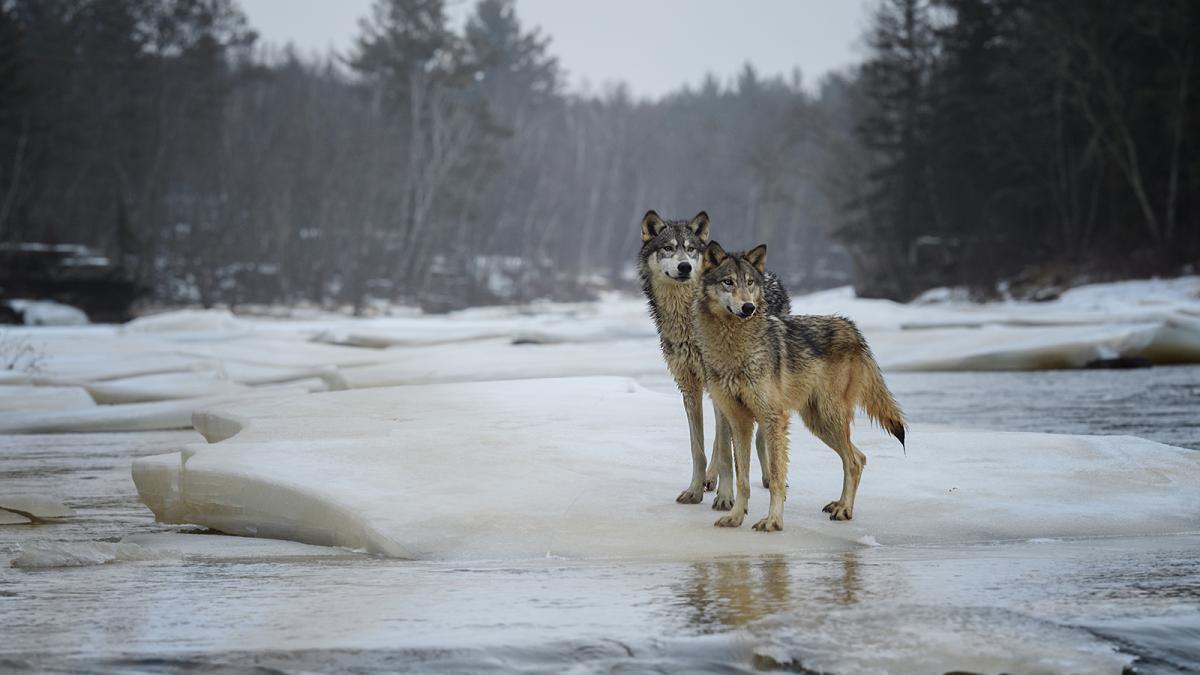This story was originally published by Slate and is reproduced here as part of the Climate Desk collaboration.
Of all the measures that U.S. conservationists hold dear, none is more sacrosanct than the Endangered Species Act. Since its introduction in 1973, the ESA has been the major tool used to restore declining populations of hundreds of native wild animals and plants. The law is most celebrated when its designation can be revoked when a species bounces back from near extinction: The gray wolf and bald eagle are two of its major success stories. The law’s popularity is nearly universal; polls show that some 90 percent of Americans, regardless of political affiliation, support keeping it in place.
ESA defenders often tout its near-perfect record of keeping the endangered species on its list from extinction — 99 percent of species listed are still around, according to the Center for Biological Diversity. That sure sounds good, but practically speaking, the law — which has stayed largely unchanged for the past 25 years — has a lot of issues. Assessments of its success really depend on how you define “success” — as many of its critics point out, only about 1 percent... Read more
